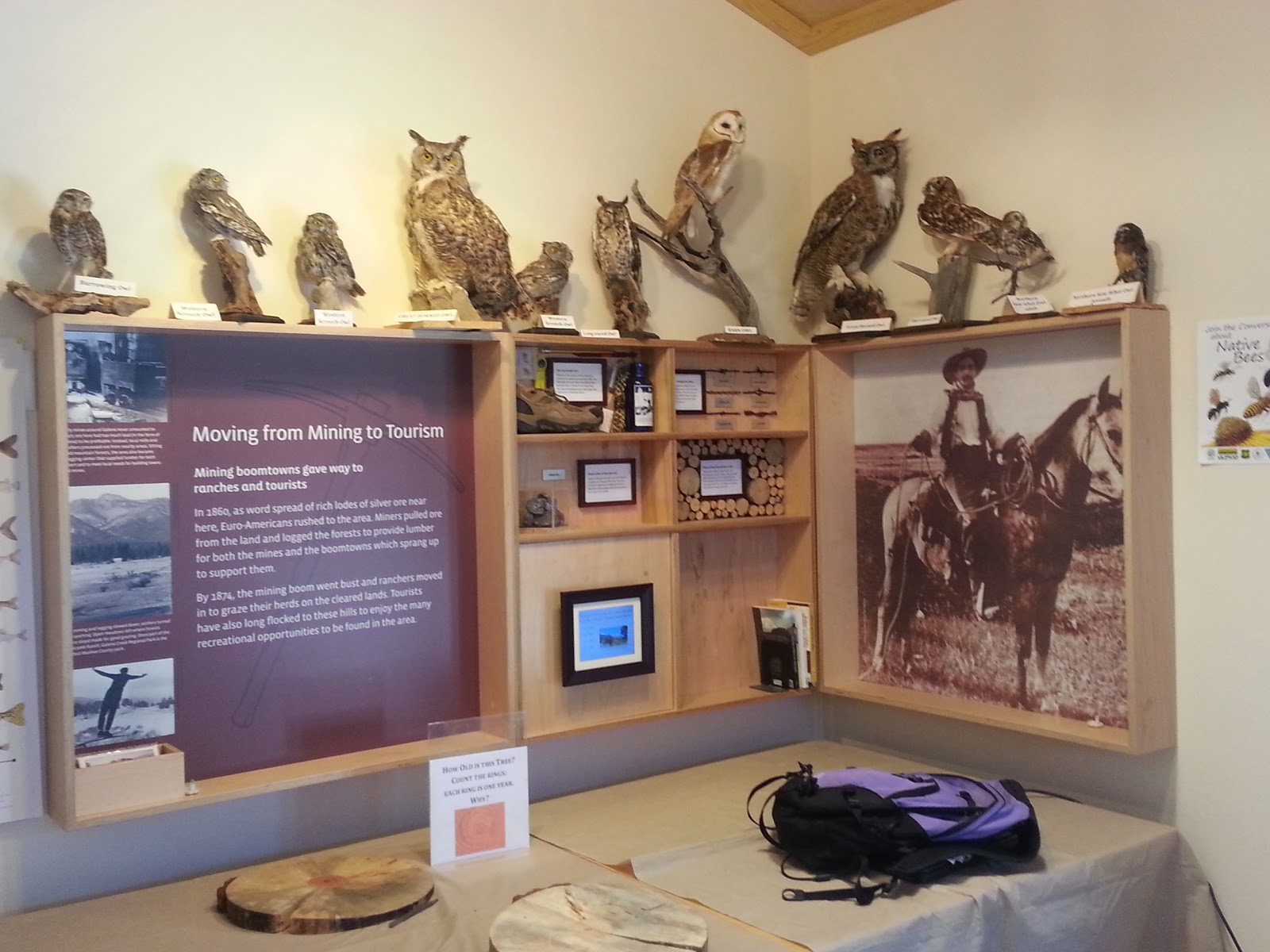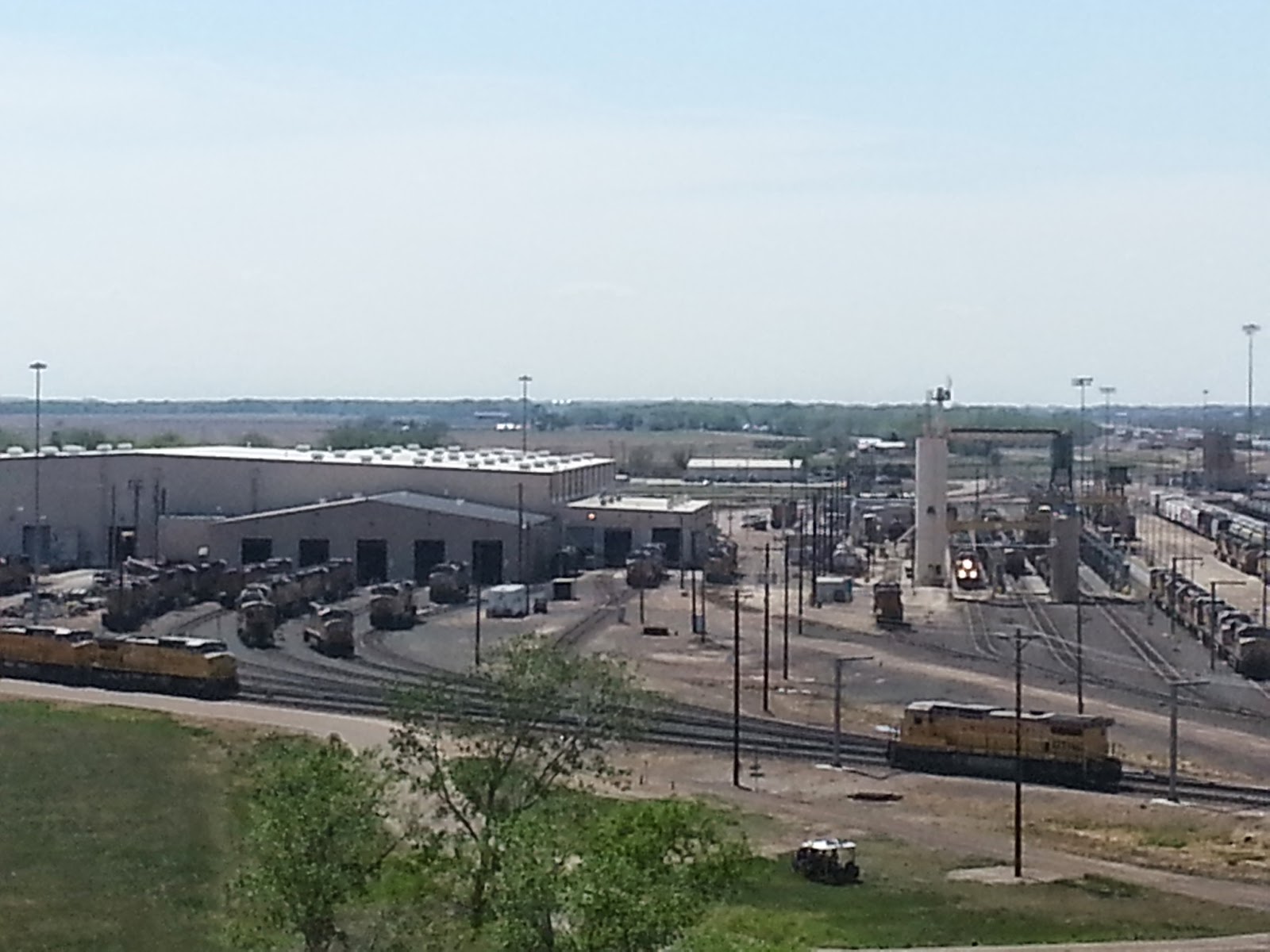Laura and I spent a really enjoyable day when we were
driving through Colorado at Colorado National Monument. The Colorado National
Monument is a national park established in 1911.
For those who are interested and may not know already, the
difference between a national park and monument has to do with how it was
created. A national park is established as a result of an act of Congress. A
national monument is established by a presidential order thus by-passing the
need to get congressional approval. Often a national monument is established by
a president and later designated as a national park when Congress comes to
agreement. When we asked a ranger at the Colorado National Monument the
difference, his first answer was that they are spelled differently. We
persisted and got the above information!
A bit more on the subject, if you would like. Currently
there is a debate in Colorado to seek designation of the Colorado National
Monument as a national park. Senator Udall of Colorado has introduced such
legislation as has a US representative from the area. There is a public comment
period going on, but we were surprised to find out that opinions in the area
are split. It seems that locals like having this park as their own near-private
park in their backyard – the park is only 10 miles from Grand Junction, CO, a
town of 60,000. They believe that if the park was designated a national park
instead of a monument, more people would come and they would lose their access.
Anyways, it was a great park. Not particularly large (20,000
acres/32 square miles) but really beautiful. There were scenic canyons,
impressive stone formations, a really impressive 30 mile long drive along the
rim of a plateau that runs through the park, and lots of pinion pines and
junipers. We sent an hour or so walking what was once described as ‘the
crookedest road in America.’ This was the original road that went through the
park and has now been converted to a hiking trail. Think lots if switchbacks
and hairpin turns as you climb up the mountains on the eastern side of the
park. By the way, one of the exhibits on the crooked road described that when
the road was first built in the 1920s, cars could drive down the road but had
to back up it since this was prior to fuel pumps and the steep grade prevented
fuel from flowing to the engine!
We drove the length of the Rim Rock Road. Hiked some of the
trails. And stopped at many of the scenic vistas along the way. We also got
great looks at two common birds in the park – swifts, medium-size black and
white birds, and violet green swallows. Both did some really agile acrobatics
as they hunted for insects among the canyons.
So, back to being passed by a bike. As you may have read
previously, we drive at what we call ‘van-speed’ what others might call slow.
We rarely go above 60, usually preferring to be at 55. We’re generally not in a
rush and like to increase our gas-mileage any way we can. We go even slower of
course when road conditions call for it. When going down long steep grades as
we are wont to do with some frequency, we shift down to second gear and go even
slower to save the breaks.
Well, it turns out that Colorado National Monument is a
favorite for ride bicyclists. There is steep climb upon entering the park, a
long generally flat stretch along the plateau, and then a long down at the
other end of the park. Posted speed limits in the park are mostly 25 with some
stretches of 35. On the way up we were passing the bikes, but not so much on
the way down!
As we driving towards the park exit, there was a long steep
down of 5 or 6 miles. Again, lots of hairpin turns and switchbacks. We were
driving in second gear probably doing the speed limit of 25. I had my window
open, we were listening to music and enjoying the sight. Then what did I hear
out the window, a loud and clear, “On your left!” If you have spent any times
of bike paths this is the universal signal that you are about to be passed as
you walk by a bicyclist – so move over. Yes we moved over and were quickly
passed by nice gentleman on his bike who was going faster than our van.
When we got down to the bottom, said gentleman was already
at his car, loading his bike, and waived and said thanks as we drove by! Just
another day on the road.
Here’s some pictures from the great time we had at Colorado
National Monument, enjoy!




















































